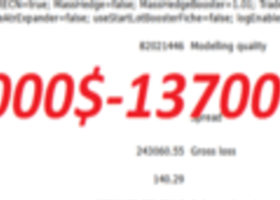
(15 JUNE 2017)DAILY MARKET BRIEF 1:Fed remains on track despite faltering inflationary pressures
As broadly expected the Federal Reserve lifted borrowing costs by 25bps following a two-day meeting. The decision was already priced in by market participants. However, the Committee created a stir with a surprisingly hawkish statement and press conference from Janet Yellen despite the recent publication of lacklustre economic data.
Indeed, the last CPI and retail sales reports came on the soft side and triggered a USD sell-off, just a couple of hours before the announcement of FOMC’s decision. The consumer price index extended only 1.9%y/y in May versus 2.0% expected and down from 2.2% in the previous month amid sustainable downside pressure on crude oil prices. In addition, the core measure, which excludes the most volatiles components such as food and energy prices, slid to 1.7%y/y, down from a previous reading and median forecast of 1.9%. Finally, retail sales printed in negative territory and contracted 0.3%m/m in May, well below market’s expectations of a flat reading, signalling that US consumers preferred to remain cautious against the backdrop of political jitters in the US and an uncertain economic outlook.
Committee’s members seemed committed to hold the line and keep steady the tightening pace as announced at the preceding meetings. Moreover the Fed remains highly confident the recent set-back in inflation developments is only temporary and expects to increase by another notch the federal funds target before the end of the year.
In our opinion, the fact that the Fed is not really concerned about the disappointing inflation readings suggests that the institution may have started to reconsider the ground for reaching at all cost the 2% inflation target. Indeed, overall the US economy is not in such a bad state as it is not in recession anymore and the economic growth is the envy of many countries.
Finally, the Committee discussed further about balance sheet unwinding as it drafted carefully a plan for policy normalisation; and it is expected to be implement before the end of the year. However, the Fed remained extremely cautious by stating that “the Committee would be prepared to resume reinvestment of principal payments received on securities held by the Federal Reserve if a material deterioration in the economic outlook were to warrant a sizable reduction in the Committee's target for the federal funds rate”.
The USD was broadly higher this morning and erased partially the losses triggered by the release of the CPI and retail sales report. EUR/USD is back below 1.12 and currently trading with a negative bias.
By Arnaud Masset


